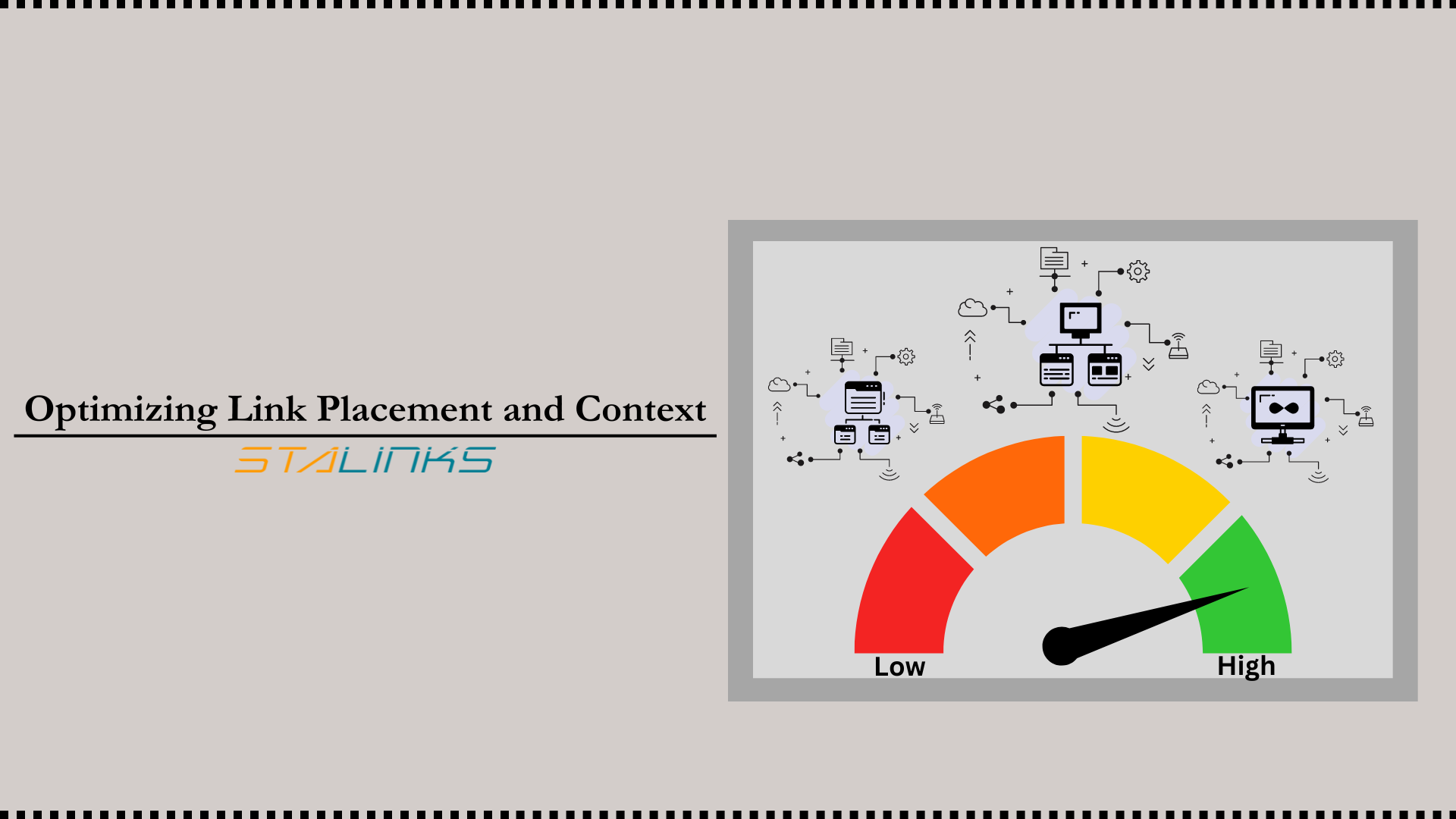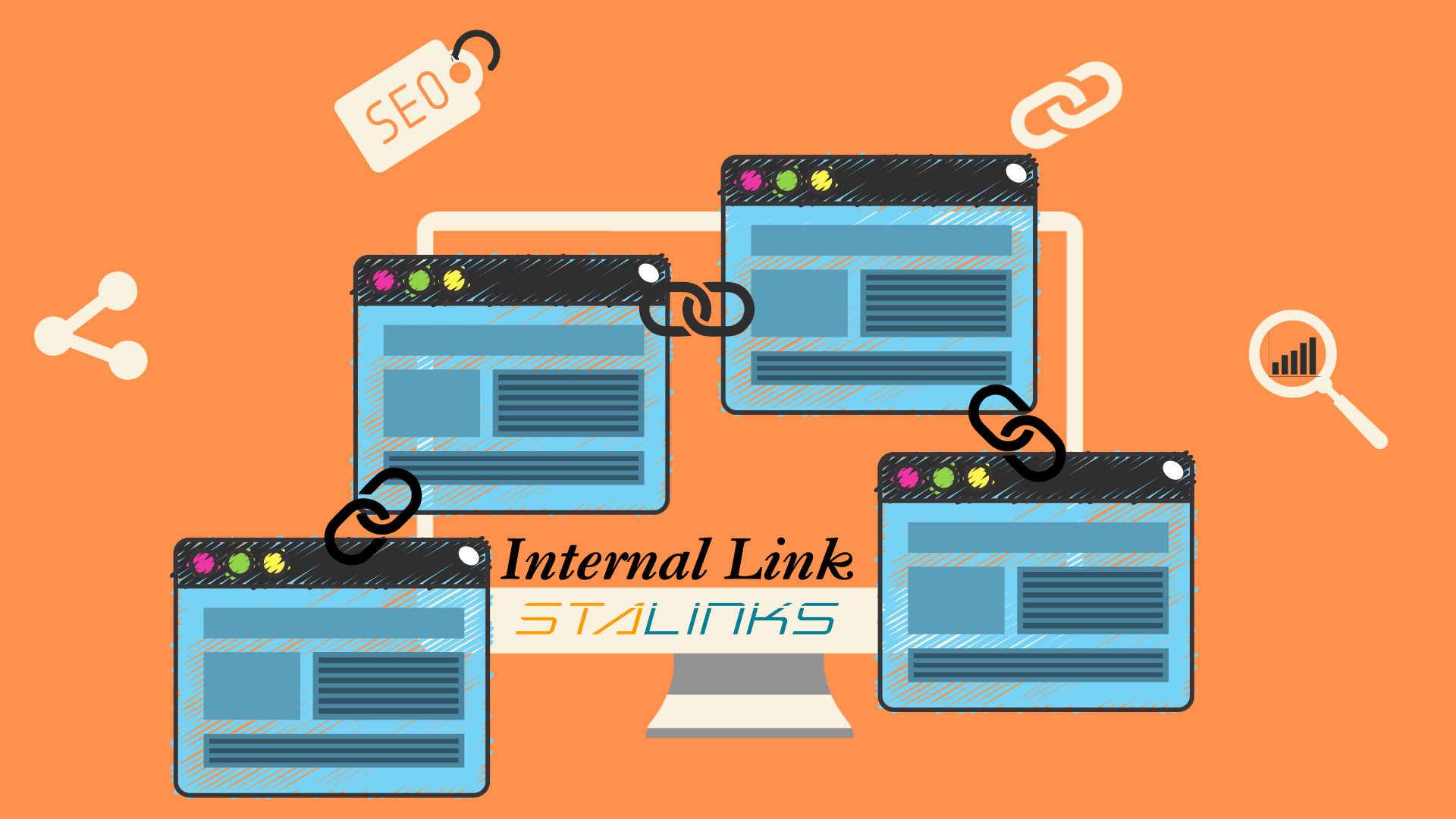Posted on June 16, 2023
Internal linking is a fundamental aspect of search engine optimization (SEO) that often goes overlooked. Internal links are just as important as external links when it comes to optimizing the structure of your website, improving the user experience, and bolstering your search engine optimization efforts. External links are essential for establishing authority and drawing in traffic. In this piece, we will discuss the benefits of using internal links, as well as offer you some practical advice on how to implement them effectively.
Understanding Internal Links
Hyperlinks known as internal links connect one page of your website to another within the same domain. They make it easier for visitors to browse your site and give search engines a more accurate representation of the structure of your website. Text links, picture links, and navigation menus are all valid options for the presentation of internal links. They make it possible for search engines to successfully discover and index the content you publish.
Importance of Internal Linking for SEO
Improved Website Navigation and User Experience
Your visitors will have an easier time navigating through your website and finding content that is relevant thanks to the internal links. You can improve your users’ overall experience and encourage them to spend more time on your website by making it easy for them to go to different pages. This, in turn, lowers the percentage of visitors who immediately leave a website, which signals to search engines that your website has material of value.
Enhanced Indexing and Crawling by Search Engines
Crawlers from search engines rely on your website’s internal links in order to find and index your content. When you interlink your information in a systematic manner, search engines are better able to crawl it and grasp the relationship between the many pages. Your website will have a higher overall visibility in the search engine results pages (SERPs) as a result of this change.
Increased Page Authority and Ranking Potential
Internal links distribute authority and link juice throughout your website. By linking from high-authority pages to other relevant pages, you pass on some of the authority and help those pages rank better in search results. Internal linking also helps search engines identify your most important pages based on the frequency and prominence of internal links, thus increasing their ranking potential.
Conducting Site Audits to Identify Internal Linking Issues
Website optimization best practices include performing site audits to search for problems with the website’s internal linking structure. The technique of connecting different pages on a website to one another through the use of hyperlinks is referred to as internal linking. It is an extremely important factor in increasing the user experience, boosting the visibility of the site in search engines, and dispersing link equity throughout the site. A thorough investigation into the organization of the internal links is carried out whenever a website is subjected to an audit. This comprises analyzing the location of internal connections as well as their relevancy, locating links that are either broken or orphaned, evaluating the depth of navigation, and making certain that there is a logical flow between pages. Website owners are able to make educated decisions regarding the optimization of their internal linking strategy, improvements to site architecture, and overall increases in user engagement and search engine optimization performance when concerns with internal linking are uncovered through the use of site audits.
Best Practices for Internal Linking
Conducting a Website Audit
To get started, conduct an assessment of your website to locate the existing internal links as well as prospective opportunities for development. Conduct an analysis of the structure, content hierarchy, and anchor text usage on your website. Keep an eye out for possibilities to link important pages together, as this will help ensure that the site has a logical flow and is easy to navigate.
Identifying Relevant Anchor Text
Choose anchor text that appropriately represents the content of the website to which you are linking. Utilize pertinent keywords, but steer clear of over-optimization and keyword stuffing. Anchor text that is descriptive is beneficial to consumers as well as search engines since it helps them better grasp the context and relevance of the linked content.

Optimizing Link Placement and Context
Internal links should be strategically placed within the body of your content, preferably close to relevant keywords or phrases. Make sure the pages you link to offer the user something of value in addition to the context they provide. Avoid excessive linking or repetitive links, as this can confuse visitors and dilute the effectiveness of your internal linking strategy.
Avoiding Over-Optimization and Spammy Techniques
While internal linking is powerful, it’s essential to avoid over-optimization or spammy tactics. Focus on providing value to users rather than solely aiming for SEO benefits. Use a natural and organic approach to internal linking, considering user experience as a priority.
Strategic Placement of Internal Links for Maximum Impact
It is essential to position internal links strategically if one wishes to maximize the impact that these links have on the performance of a website. The purpose of internal links is to act as routes that direct visitors and search engines through the content of a website, which makes navigation and discovery much easier. Internal links, if appropriately placed, have the potential to increase user engagement, promote website usability, and bolster search engine optimization (SEO) efforts. The process of determining which pages are most important to the site and then linking those pages to other content on the site that is pertinent and related takes careful planning and preparation. Users are able to more easily browse between relevant pages, discover more information, and extend the amount of time they spend on the website as a result of this. In addition, the distribution of link equity can be made more successful by the use of strategic internal linking, which enables essential pages to receive more authority and visibility. Internal links can be strategically placed on a website to meet the owner’s desired goals by first evaluating the behavior of website visitors, then determining which pages receive the highest volume of traffic, and finally gaining an understanding of the website’s hierarchical structure.
Tools and Plugins to Aid Internal Linking
SEO Plugins for Internal Link Optimization*
Several SEO plugins, such as Yoast SEO or Rank Math, offer features that help optimize internal linking. These plugins provide insights into your internal linking structure, suggest related content to link, and offer guidance on anchor text optimization.
Crawling and Site Mapping Tools
Utilize crawling tools like Screaming Frog or Google Search Console to analyze your website’s internal linking structure. These tools can identify broken links, uncover orphaned pages, and give you an overview of your internal linking efforts.
Tracking and Analyzing Internal Link Performance
Monitor the performance of your internal links using web analytics tools like Google Analytics. Track metrics such as click-through rates, bounce rates, and time on page to assess the effectiveness of your internal linking strategy. This data can help you refine and improve your internal linking approach over time.
Case Studies: Successful Implementation of Internal Linking
Case Study 1: Improving Organic Traffic with Internal Linking
Highlight a real-life example where a website successfully increased organic traffic by implementing a well-structured internal linking strategy. Discuss the specific tactics used, the impact on search rankings, and the resulting benefits for the website.
Case Study 2: Boosting Conversion Rates through Strategic Internal Links
Present another case study illustrating how internal linking can be utilized to improve conversion rates. Share how a website strategically placed internal links to guide users toward conversion-oriented pages, resulting in increased sales or lead generation.
Conclusion
Internal linking is a powerful SEO technique that can significantly impact your website’s visibility, user experience, and rankings in search engines. By implementing effective internal linking strategies and following best practices, you can optimize your website’s structure, increase user engagement, and improve your overall SEO efforts. Remember to regularly audit and refine your internal linking strategy to ensure maximum impact. Embrace the power of internal linking and watch your website thrive in the digital landscape.
You may improve the search engine optimization performance of your website and boost organic traffic by putting these methods into action and tapping into the power of internal linking. Keep in mind that a properly organized strategy for creating internal links not only helps search engines but also delivers a better experience for site visitors. Your website’s position in the search engine results will skyrocket once you begin putting these strategies into action right away.

